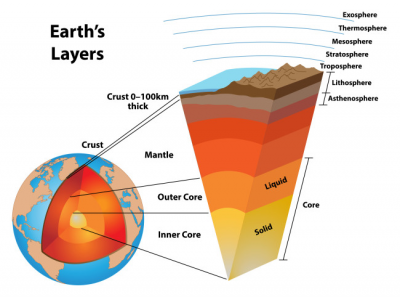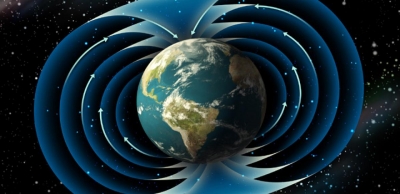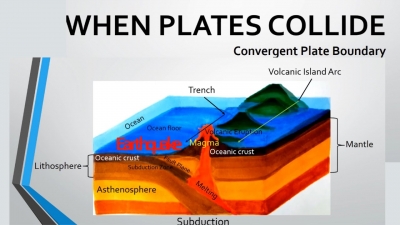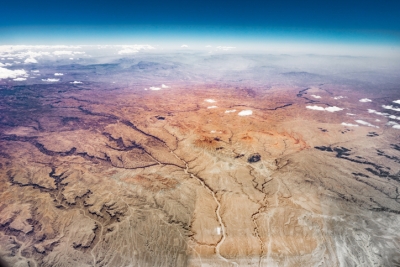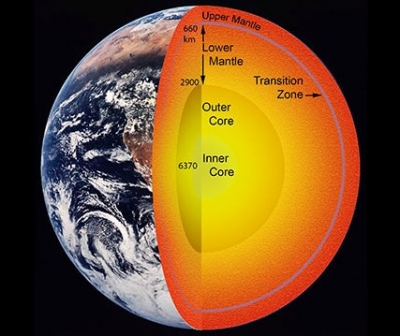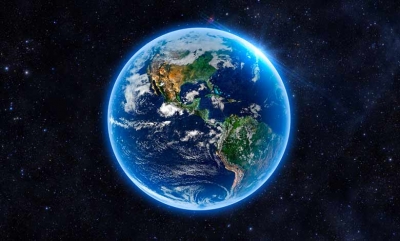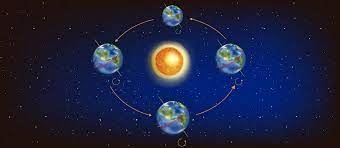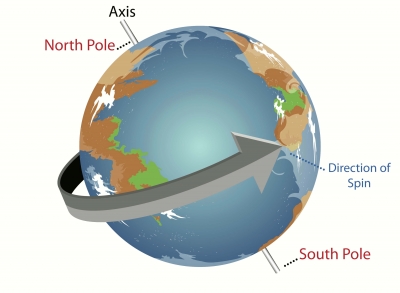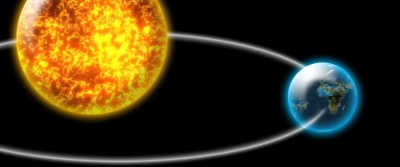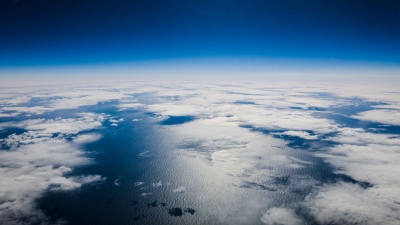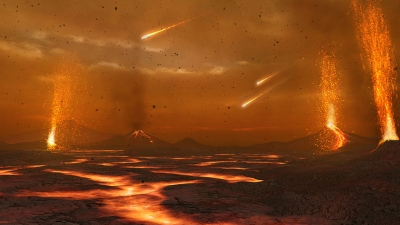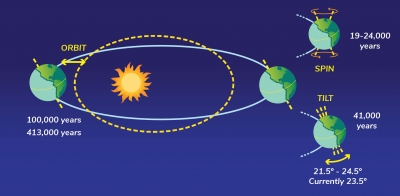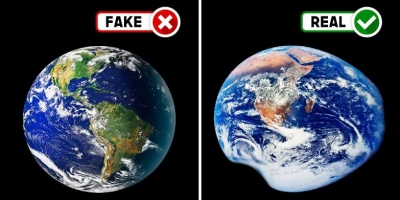WHAT ARE TIME ZONES?
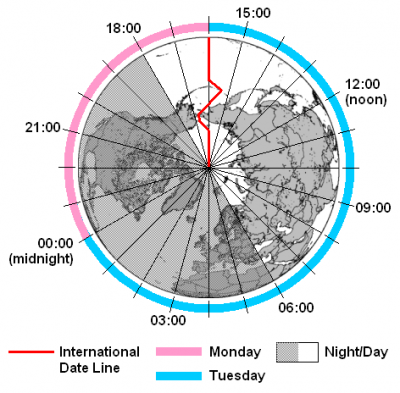
|
As Earth spins, different parts of its surface turn towards the Sun at different times - the Sun is always rising in one place and setting in another. So, the time of day varies around the world. When it’s dawn where you live, it’s sunset on the other side of the world. To make it easier to set clocks, the world is split into 24 time zones, one for each hour of the day. As you go east around the world, you put clocks forward by one hour for each zone - until you reach an imaginary line called the International Date Line. If you go further on across the Date Line, you carry on adding hours, but put the calendar back by a day. |
A time zone is a region on Earth that uses a uniform time. They are often based on the boundaries of countries or lines of longitude. Greenwich Mean Time (GMT) is the mean solar time at the Royal Observatory located in Greenwich, London, considered to be located at a longitude of zero degrees. Although GMT and Coordinated Universal Time (UTC) essentially reflect the same time, GMT is a time zone, while UTC is a time standard that is used as a basis for civil time and time zones worldwide. Although GMT used to be a time standard, it is now mainly used as the time zone for certain countries in Africa and Western Europe. UTC, which is based on highly precise atomic clocks and the Earth's rotation, is the new standard of today.
UTC is not dependent on daylight saving time (DST), though some countries switch between time zones during their DST period, such as the United Kingdom using British Summer Time in the summer months.
Most time zones that are on land are offset from UTC. UTC breaks time into days, hours, minutes, and seconds, where days are usually defined in terms of the Gregorian calendar. Generally, time zones are defined as + or - an integer number of hours in relation to UTC; for example, UTC-05:00, UTC+08:00, and so on. UTC offset can range from UTC-12:00 to UTC+14:00. Most commonly, UTC is offset by an hour, but in some cases, the offset can be a half-hour or quarter-hour, such as in the case of UTC+06:30 and UTC+12:45
Credit: calculator.net
Picture credit: Google
